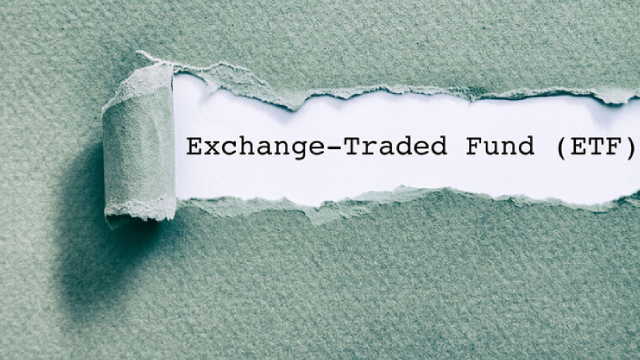
The Real Estate Select Sector SPDR Fund (XLRE)

XLRE: Shades Of The REIT Renaissance
Fed's strong signal of imminent rate cuts is reigniting enthusiasm for commercial real estate, driving REITs and XLRE higher. XLRE stands out for its focus on high-quality, large-cap REITs and real estate firms, offering diversification and a 3.3% yield. The fund has outperformed peers by avoiding riskier mortgage REITs and emphasizing balance sheet strength and industry leadership.

XLRE: Downgrade To Sell, As 5-Year Rough Patch Continues
REITs, especially XLRE, have delivered mediocre returns since the pandemic, barely outperforming T-bills and offering little upside beyond dividends. Rising interest rates and market indexation have eroded REITs' traditional advantages, making them less attractive for long-term, sleep-at-night strategies. XLRE's largest holdings show lackluster performance, with only a few contributors; the sector remains vulnerable to further downside risk.

XLRE: My Expectations For Real Estate In A Mild Recession Scenario
During the last six recessions, the real estate equity sector posted positive performance in four of them, all except for 2008 and the COVID-19 crash. XLRE has a competitive expense ratio and is more concentrated in large and quality REITs, which has historically boosted its performance. Personally, I expect a controlled economic scenario, even though there is a strong atmosphere of distrust in the markets.

XLRE: Current Risks Appear To Balance Out Potential Returns
The Real Estate Select Sector SPDR ETF (NYSE: XLRE) is capitalizing on trends in communications infrastructure, data centers, and AI. The fund is passively managed, following the Real Estate Select Sector Index, and excludes mortgage REITs, which is beneficial given the current state of the US housing market. XLRE has nearly $7 billion in assets under management and a low expense ratio that equals or beats its peers. The fund currently yields 3.51%.

XLRE: Yields Have Eased, It's Time To Consider Real Estate Stocks
The real estate sector underperformed the S&P 500 for nearly a decade, making it relatively cheap with a forward P/E ratio under 18. XLRE offers targeted exposure to real estate management, development, and REITs, with assets growing to $7.2 billion and a low expense ratio of 9 basis points. Despite recent underperformance, XLRE's valuation and technical indicators suggest a potential upswing, especially with favorable macro factors and cooling interest rates.

Wall Street Dives on Less Dovish Fed: 5 ETF Zones That Win
A bloodbath in the US stocks after the Fed's rate-cut shift view leads to smooth trading in a few corners of the ETF investing world.

XLRE: Better Than Bonds
REITs have shown strong performance, particularly in recent months. After correlating closely with TLT for several years, it has now significantly diverged. We look at the causes of the divergence and why XLRE remains a "buy."

XLRE Is Fine, But I Consider Cherry-Picking Better
XLRE offers real estate exposure for those who shy away from cherry-picking, which is an understandable approach. Unfortunately, an instrument seemingly aimed to provide diversification benefits, comes with a high holding concentration. XLRE should be accompanied by solid tailwinds, but I prefer to stick to an active approach.

XLRE: Improving Real Estate Fundamentals Back The Rebound
The real estate sector has outperformed the S&P 500 by 8% since mid-April, driven by solid financial performance and rate-cut expectations. XLRE's portfolio structure, high dividends, low expense ratio, and robust liquidity make it a top investment option in the real estate sector. Initiating a position before a key event could help investors make healthy returns.

XLRE: Rally Blocked By Technical And Fundamentals
REITs are popular among investors, especially those seeking higher yields in the stock market. XLRE ETF holds all REITs in the S&P 500, presenting a mixed technical picture with potential for substantial gains post-Fed easing. Top 5 holdings in XLRE are profitable but overvalued, while the REIT sector offers growth potential in various sub-sectors.







